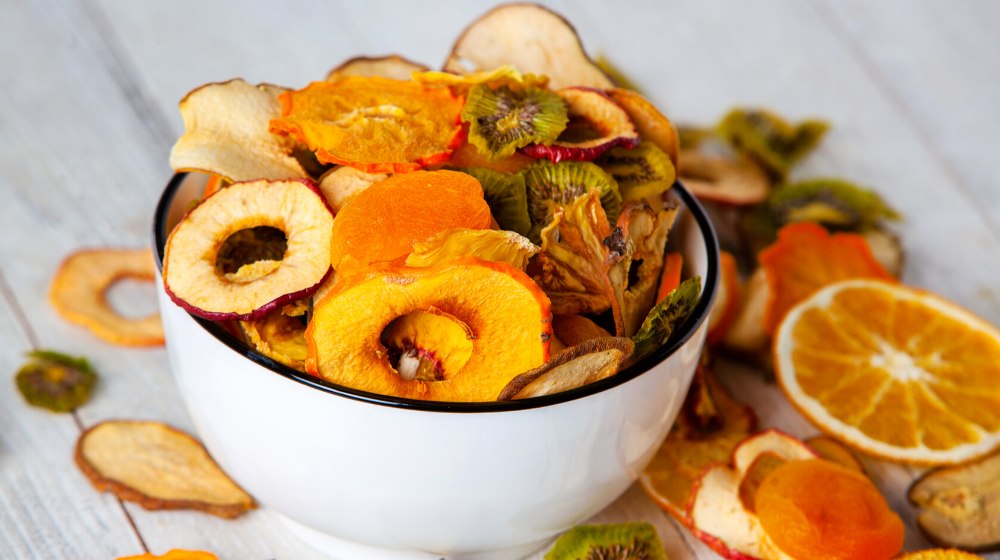What Is a Low Fodmap Diet | 47 Low Fodmap Diet Foods
If you've got a gut-wrenching gut, you may have heard of a low FODMAP diet. But if you haven't, you have come to the right place.
To put your mind and belly at ease, continue reading.
RELATED: 12 Superfoods To Boost A Healthy Diet
In this article:
- What Is a Fodmap?
- What Is a Low Fodmap Diet?
- How Does the Low Fodmap Diet Work?
- What Are Low Fodmap Diet Foods?
- What Foods Should I Avoid?
- Is the Low Fodmap Diet Doctor-Approved?
Your Best Guide to a Low Fodmap Diet

What Is a Fodmap?
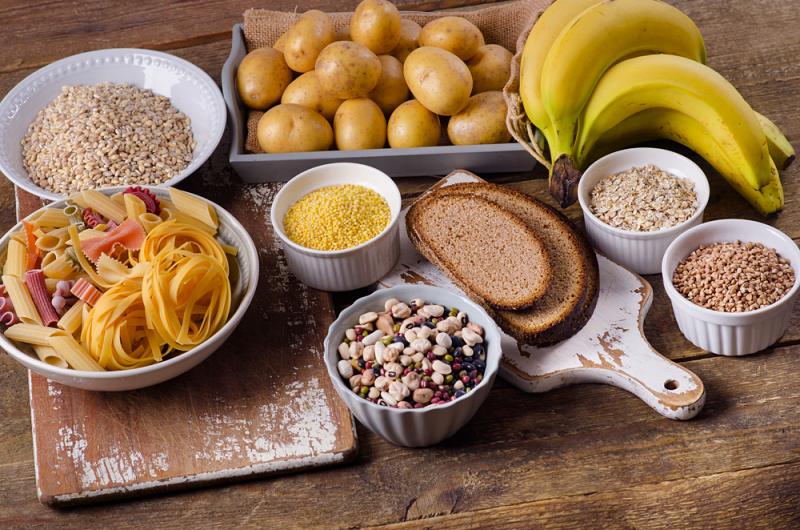
- Fermentable
- Oligosaccharides
- Disaccharides
- Monosaccharides
- Polyols
Those saccharides and polyols are short-chain carbohydrates that are fermentable. But to you, they may be the prime suspects for your bloating and flatulence.
Fodmaps are readily fermentable by gut bacteria. When they reach your intestines, the bacteria in your gut ferment these foods and result in gas and an increase in fluids.
Symptoms of intolerance to fodmaps include:
- bloating
- abdominal pain
- gas
- altered bowel habits
- diarrhea
- constipation
These are common symptoms in irritable bowel syndrome (IBS) and small intestinal bacterial overgrowth (SIBO).
Studies are trying to figure out if this elimination diet can be an effective therapy for SIBO and especially IBS.
What Is a Low Fodmap Diet?
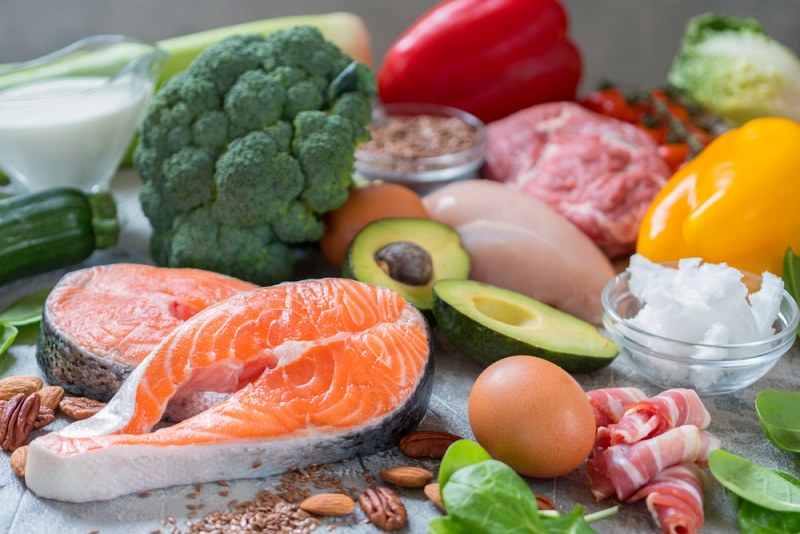
The FODMAP diet categorizes types of short-chain carbohydrates—the main culprits for your literally gut-wrenching symptoms.
It's a two-phase elimination diet meant to rule out specific foods that you may be intolerant to.
It is not a weight loss diet, cure, or treatment. Instead, it is a diet that may help reduce digestive symptoms.
However, note that symptoms like bloating and gas are common and could have many different causes.
Before you diagnose yourself with IBS or SIBO and proceed with this diet, double-check with your doctor.
In fact, only a doctor may diagnose you.
This elimination diet restricts many healthful foods like vegetables, fruits, and loads of prebiotics. There are no health benefits for those without IBS or SIBO.
But if your doctor has accurately diagnosed you and given you the go-signal for this diet, continue reading.
How Does the Low Fodmap Diet Work?

Again, the low fodmap diet has two phases.
Phase 1: Elimination
During the elimination phase, you have to cut high fodmap foods from your diet.
If you've got them stocked in your pantry, this would be the time to give them away or toss them in the bin.
Replace them with low fodmap diet foods (more on that later).
For 4-6 weeks, avoid fodmap foods completely. However, some studies recommend waiting 6-8 weeks before proceeding to the next phase. During this time, your body will get rid of whatever foods you have in your system.
As a general rule, wait until your symptoms fully improve. And this process usually takes around four weeks. A four-week limit is also imposed because a low fodmap diet may harm your gut microbiota.
You might notice that some of your symptoms go away, and you feel much better during this phase.
Phase 2: Reintroduction/Challenge
In the second phase, you begin to reintroduce high fodmap foods one by one.
Challenge a high fodmap food by introducing it into your diet one by one.
Have one serving of it one day, followed by three days of the same elimination diet. During this time, observe if some symptoms like gassiness or bloating return.
If nothing happens, great! You have ticked off one potential suspect.
But if you notice something unusual, then you've caught your suspect red-handed.
Repeat this process for all foods on your high fodmap list.
It would help to keep an organized record of all foods and symptoms you can experience when you eat them. It will help you track what foods to avoid and what foods you can fully enjoy!
There may be a time you hit a wall. If there is a food you're not sure about, you can revisit that later on. Go back to a three-day elimination phase and carry on with the next food on your list.
If you didn't see any improvements in the first phase, see your dietitian. It may be because you're intolerant to your substitute foods, or you didn't comply strictly with your elimination diet.
This diet, at its core, is a trial-and-error type of test. So it's understandably very tricky.
And because it's very restricting, it also takes a while to adjust and adhere to it.
One trick is to look at the brighter side, focusing on the foods you can eat during this diet. You can still eat tasty foods during the elimination phase!
RELATED: Keto Paleo Diet | Why We Should Do This and Foods to Eat
What Are Low Fodmap Diet Foods?
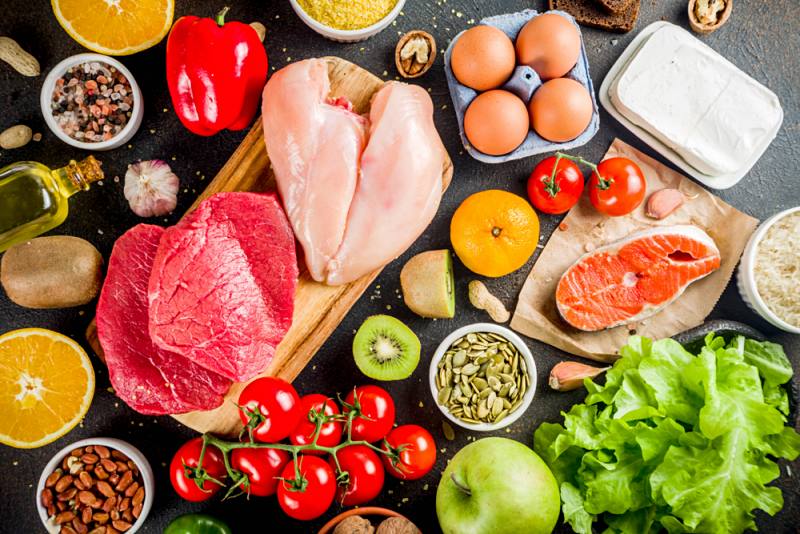
Researchers categorize different foods according to their class of sh0rt-chain carbohydrates.
But unlike the fodmap foods fermenting in your gut, let's make this more absorbable.
Let's categorize low fodmap diet foods by food type.
Fruits
- banana
- blueberry
- carambola
- durian
- grapefruit
- grape
- honeydew
- kiwi
- lemon
- lime
- mandarin
- orange
- passion fruit
- pawpaw
- raspberry
- rockmelon
- strawberry
- tangelo
Vegetables
- bamboo shoots
- bok choy
- carrot
- celery
- capsicum
- choko
- choy sum
- corn
- eggplant
- green beans
- lettuce
- chives
- parsnip
- pumpkin
- silverbeet
- spring onion
- tomato
Milk
- lactose-free milk
- rice milk
- lactose-free yogurt
- gelato
- sorbet
- butter
Cheese
- hard cheeses (e.g. brie, camembert)
Honey Substitutes
- maple syrup
- golden syrup
Sweeteners
- sucrose
- glucose
- artificial sweeteners that do not end in -ol (sugar alcohols)
You're free to enjoy all types of animal meats, including poultry, beef, lamb, turkey, etc.
These are examples of foods you can still enjoy in your elimination diet. Experiment with different preparation methods and make them as tasty as possible!
What Foods Should I Avoid?
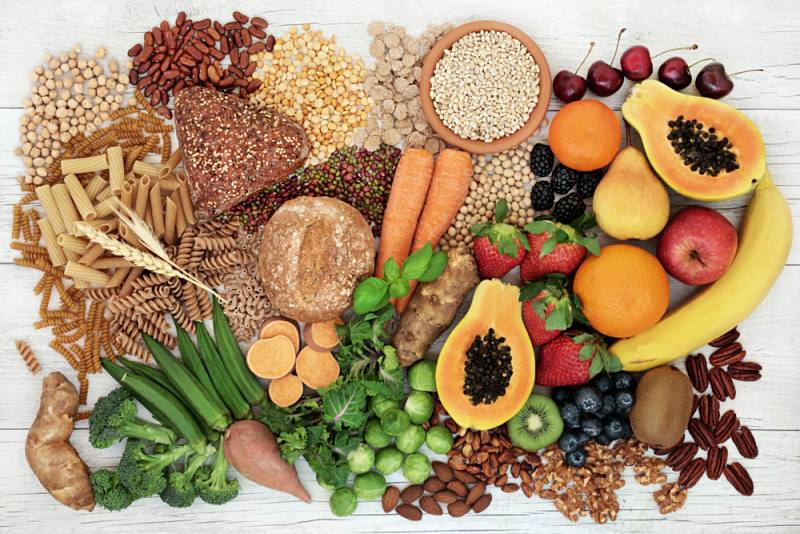
These are high fodmap foods that you should avoid during the elimination phase. These are also the foods that you'll be challenging during the second phase.
Fruits
- apples
- apricots
- pears
- custard apples
- white peaches
- nashi pears
- lychee
- nectarine
- clingstone peaches
- mangoes
- sugar snap peas
- watermelon
- rambutan
- persimmon
- canned fruits
- dried fruits
- fruit juices
Vegetables
- artichokes
- beetroot
- Brussel sprouts
- broccoli
- cabbage
- fennel
- garlic
- leeks
- okra
- onions
- peas
- shallots
- avocado
- cauliflower
- mushrooms
- snow peas
Milk
- cow milk
- goat milk
- sheep milk
- ice cream
- yogurt
Cheese
- soft and fresh cheeses (e.g. ricotta, cottage)
Grains
- wheat
- rye
Legumes
- chickpeas
- lentils
- red kidney beans
- baked beans
Sweeteners
- honey
- high fructose syrup
- sugars alcohols ending in -ol (e.g. sorbitol, mannitol, xylitol, maltitol)
Yes, the list is daunting, and this isn't even exhaustive.
Keep in mind that you only need to avoid these foods for four weeks. These are mere temporary suspects, and you may not need to avoid these forever.
If you need help getting started, partner up with your dietitian and gastroenterologist.
Is the Low Fodmap Diet Doctor-Approved?

It's not an official treatment for IBS, SIBO, or digestive issues, but growing research shows that it is a promising adjunct to your doctor's treatments.
But because it's still new, there are some limitations to the low fodmap diet that a medical professional can help you overcome.
There's no one standard to define high fodmap and low fodmap foods. That's why when you scan articles on the low fodmap diet, you'll find the studies classify some foods differently.
Here are some foods that researchers can't seem to agree on:
Fruits
- cherries
- dried fruit
- grapefruit
- pomegranate
- raspberries
Vegetables
- asparagus
- beets
- green bell pepper
- broccoli
- Brussel sprouts
- butternut squash
- cabbage
- celery
- corn
- fennel
- okra
- pumpkin
- snow peas
- sweet potato
Dairy and Alternatives
- soy milk
- cottage cheese
- sherbet
- whipping cream
- yogurt
Nuts, Legumes, Seeds
- macadamia nuts
- peanuts
- walnuts
- pine nuts
- chickpeas
- lentils
- pumpkin seed
- sesame seed
- sunflower seed
- pecans
The list also includes sucralose sweeteners.
Because there is no absolute list of fodmap foods, studies (and this article) may only provide incomplete guides. This diet might be prone to misinterpretation and mishandling.
When approached incorrectly, a low fodmap diet may lead to the development of eating disorders.
Some studies also suggest that following a strict low fodmap diet might have negative effects on your gut microbiota.
So for this diet to be successful, it would pay to consult with a healthcare provider.
A dietitian could help you figure out how to go about your elimination diet and even help you sort out your meal plans. A low fodmap diet is a long journey to a healthy gut, and a licensed dietitian could help you navigate and tread the path.
But if you're going to go about this solo, it may be better to err on the side of caution. Ban these foods from the dinner table, and listen to your body. Observe how it reacts to different foods.
Did you feel better after avoiding cherries? Do you think your gut tolerated the grapefruit well?
If you're healthy, you don't need to follow a low FODMAP diet. It might open you up to malnutrition and a pricy grocery budget.
Check out this video for quick and yummy low fodmap diet foods and recipes:
A low fodmap diet is a great tool to ease your digestive symptoms and figure out what specific foods your gut can't handle. It's a 2-step process that involves an elimination phase and a challenging phase.
It's a long, trial-and-error journey, but it could save you from bloating, gas, and diarrhea.
Because there's still so much we don't know about the fodmap diet, it's best to partner with a dietitian.
A licensed dietitian could help you create a list of high fodmap foods to test and then pinpoint what foods you're potentially intolerant to. Your dietitian could also help make sure your nutrition doesn't suffer throughout the process.
But before everything, make sure to get an accurate diagnosis from a healthcare professional. If your symptoms aren't because of IBS, SIBO, or other causes, a low fodmap diet may not benefit you.
Do you think you're a candidate for a low fodmap diet? Share your thoughts with us in the comment section below!
Up Next:
- 10 Ways To Eat A More Plant-Based Diet For A Healthy Happy Life
- Is Your Mental Health Affected by High-Sugar Diets
- 9 Amazing Benefits of a Cold Shower | What Are the Benefits of Taking a Cold Shower
If you’ve got the gift of keeping healthy and sharing this knowledge through writing, click here if you want to write for us.
Please stay connected with us on Facebook, Pinterest, Instagram, and Twitter. Join our community here and Feel Better, Look Better and Live better with us.
Trending
Weekend Wellness: How to Create a DIY Spring Retreat
Clean Beauty Guide: Simple Swaps for Healthier Skin This Spring!
Get Updates
SIGN UP FOR OUR NEWSLETTER TODAY



